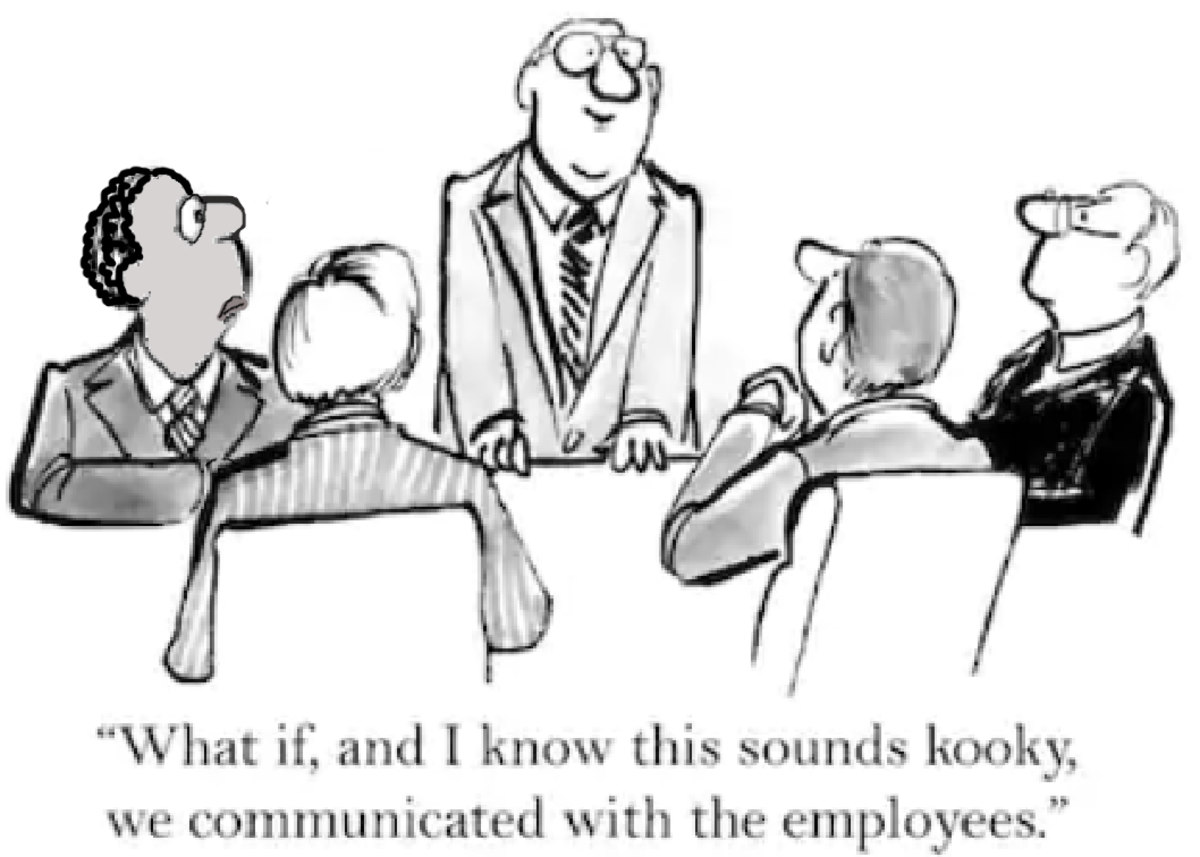Faulty Self-Communication and Suicide: Pratyusha, Her Fan, and Indian Farmers

On 1 April 2016, popular Indian TV actress Pratyusha Banerjee hanged herself in her apartment. The nation was aghast—and the incident made headlines in all newspapers as well as on radio and television. In all certainty, 24 years of age is too young to lose hope and die. But hardly had the shock subsided when a woman named Madhu Mahanand, an ardent fan of Pratyusha, hanged herself in Raipur (M.P.). This occurred within a week of the original incident, and not only that, she did this in the presence of her 2-year-old son. Once again, the story made big news in all local, regional, and national media.
The tragedy doesn't end there. Suicide among farmers in India has become a huge issue. As the Times of India reported on 6 May 2016, there is a village called ‘Badi’ in Madhya Pradesh where every family has a history of at least one suicide. The picture is truly appalling! If this is not enough, the same newspaper reported on 27 April 2016 that about 116 farmers committed suicide in the first 3 months of 2016. This was also covered by Hindustan Times on 28 April 2016.
All of these recent events makes us wonder what drives people to suicide? What types of signals are transmitted by their brains? Why should they be filled with so much despair? Why is it that these individuals refuse to look around for hope? Surely there must be a way to help them see things differently!
During my post-graduate studies I had the opportunity to study human communication and mass communication at Guru Jambheshwar University, Hisar. I also taught these subjects at Devi Ahilya University, Indore, where I was a faculty member for some years. This is what prompted me to consider recent events in the light of faulty or incorrect self-communication.
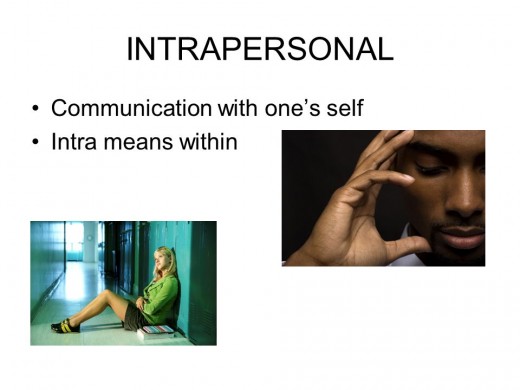
What Is Intrapersonal Communication?
Intrapersonal communication is an exchange of messages within oneself. In other words, it can be said that in intrapersonal communication, the sender and receiver of a message (signal) are one and the same. Intrapersonal communication is accompanied by feedback, which will be discussed later on.
How Does Intrapersonal Relate and Other Types of Communication?
Intrapersonal communication takes place every living moment of our lives. It happens when we are breathing, thinking, singing, dancing, running, observing, writing, or talking. Interestingly, when William Wordsworth said, “Poetry is a spontaneous overflow of powerful feelings recollected in tranquility,” he accidentally arrived at a concept of intrapersonal communication.
Other examples of intrapersonal communication are: writing diary, a blog, or preparing a speech.
Intrapersonal communication plays a strong role in other types of communications, as well. According to Professor Leena Sen, the various types of communications are:
- Interpersonal Communication
- Group Communication
- Organizational Communication
- Social Communication
- Corporate Communication
- Mass Communication
- Transformational Communication
Each of the above types of communication requires us to listen and organize our thoughts before expressing them in words or action. This is the reason that the experts often say that “intrapersonal communication is the most basic of all communications.”
How Intrapersonal Communication Takes Place
Explaining it in a layman’s language, intrapersonal communication takes place through the peripheral nervous system (PNS)—essentially the nerves, and the central nervous system (CNS)—which means the spinal cord and brain. (Refer to https://science.education.nih.gov/supplements/nih4/self/guide/info-brain.html)
Thus all signals from the internal organs of the body travel via the nerves (PNS) to the CNS. Here too, the signals are first received by the spinal cord, from where they get directed to the brain.
The same happens when it comes to external organs. The signals from the 5 external or sensory organs—namely touch, taste, smell, sight, and hearing—travel via the PNS to the spinal cord, from where they reach the brain.
However, certain actions require faster reflexes, such as a sudden hand or neck movement. These get processed in the spinal cord itself.
It is interesting to note that our brain receives many signals a day. But not all of these undergo processing. This explains why some individuals notice the beautiful sunrise and some don't!
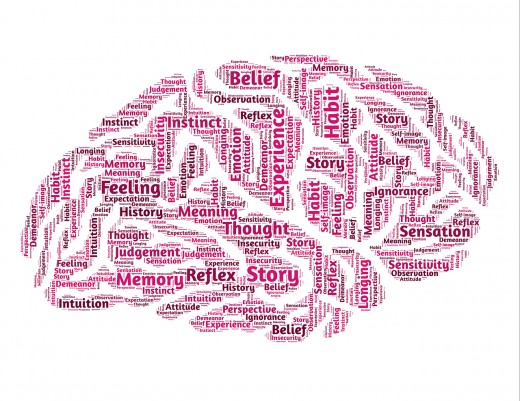
Three Levels of Brain Processing
Upon receiving a signal from the internal or external organs, the brain processes it at one of the following 3 levels: cognitive, emotional, or physiological.
- Cognitive Level - This is related to our intellectual self. The information received at this level is sorted, assimilated, and stored in the brain as memory. The feedback can be a nod or comment.
- Emotional Level - This is related to our emotional self. Any information received combines with our emotions such as likes, dislikes, affection, memory, and so on. The feedback or response witnessed is love, anger, happiness, nervousness, discomfort, etc. An individual eats a particular dish that reminds him of his mother's cooking! The feedback is nostalgia.
- Physiological Level - This is related to our body functions. When this signal reaches the brain, the concerned hormones or glands get activated. This is how we come to understand our body requirements, such as the need to eat, drink, or go to the washroom.
Faulty Processing Leads to Incorrect Feedback
In the language of communications, faulty processing can lead to incorrect feedback, such as the message to harm oneself or others. This type of occurrence is called noise, disturbance, or conflict.
This may happen due to a clash of egos, beliefs, work style, family or cultural traditions, a misunderstanding, or wrongdoing by someone. The feedback ranges from a simple overreaction to defensive or aggressive behavior, from a nervous breakdown to harming oneself or others. A clear sign of faulty processing by the brain.
There are instances when a person loses appetite or takes to overeating due to an unhappy episode in his life. Sometimes an individual gets so tense that he ends up rushing frequently to the washroom.
There are cases when a person becomes absolutely numb upon hearing about the demise of a dear person. This is then termed a medical condition.
Mob violence is a sign of many disturbed minds coming together. Incidents like this occurred during the India-Pakistan Partition in 1948, Mahatma Gandhi's assassination in 1948, and Prime Minister Indira Gandhi's killing in 1984. There have also been cases in other parts of the world where individuals have gone on a killing spree, a clear sign of disturbed minds taking out anger on innocent people.
High on Emotions
As it appears now, Pratyusha had a problematic relationship with her boyfriend. She could have easily drawn inspiration from stories of men and women who had survived such ordeals in their lives. Likewise for her fan who got so carried away by the death of the actress that she did not think about what would happen to her 2-year-old son after she was gone. Undoubtedly, a little reasoning would have helped them both. The same for the Indian farmers who are committing suicide at high rates. An action that cannot be justified in any way.
What would you do in a difficult situation?
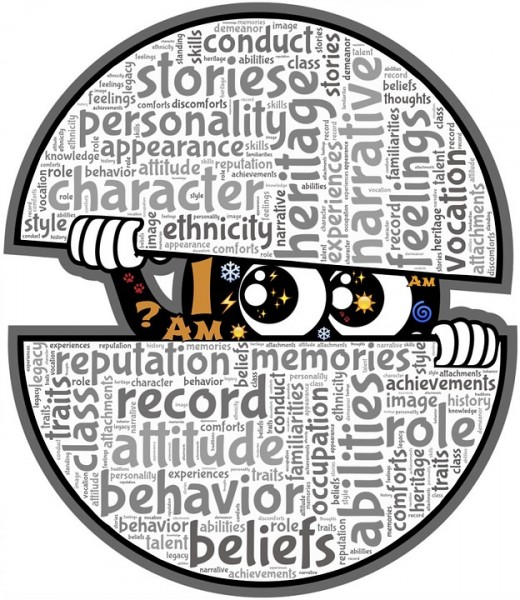
Factors Influencing Intrapersonal Communication
Values, beliefs, and attitudes are factors that play important roles in intrapersonal communication.
Values are principles embedded in us by our elders, educational institutions, religion, etc., during our growing-up years. Honesty, hard work, commitment, unity, non-violence, and kindness, are good examples.
Beliefs have much to do with stories and notions that we hear from childhood. Sadly, superstitions also find a place in this.
Attitude reflects an individual's outlook. It stems from values, beliefs, and life experiences.Thus, a person can be forgiving and helpful, or be vengeful, egoistic, and destructive.
Barriers to Intrapersonal Communication
Illiteracy and faulty ideas act as barriers to intrapersonal communication. They allow no space for reasoning. Addiction is yet another factor that plays a barrier to good intrapersonal communication. An addict loses the ability to think and reaches out to cigarettes, drinks, or drugs at the slightest provocation.

Intrapersonal Communication and Variables or Personal Qualities
Variables are features or qualities in an individual that make him different from other individuals.
These can be classified as talent, knowledge, ability to learn from mistakes, and more. It is equally true that these variables or qualities come only with strong family support, good values, and sound education.
It cannot be forgotten that Indian film actor Amitabh Bachchan had every reason to commit suicide when his film distribution company faced heavy losses. But this man literally rose from the ashes and paid back all the dues. He did not feel it a comedown to approach producers for a role in their films! A new Amitabh Bachchan was born who was devoid of any arrogance, a man who reflected sincerity in everything he undertook. It was because of him that the Hindi TV game 'Kaun Banega Crorepati,' a remake of Who Will Be a Millionaire, was a great success. One thing led to another. Soon, he was a brand ambassador in all social campaigns of the government. In 2015, this great man was conferred with Padma Vibhushan (the second highest civilian award) by the president of India.

Urgent Need to Work on Variables
Yes, there is an urgent need to focus on variables. In a way, it was good that Hema Malini, famous actress, dancer, and a member of parliament, condemned the suicide by Pratyusha Banerjee in her tweet, "All these senseless suicides achieve nothing! Life is God's gift for us to live not for us to take at will. We have no right to do that... The world admires a fighter, not a loser".
This put a full stop to many a suicide that might have otherwise followed. Agreed, it's a tough job. There are times when an individual is a mystery to himself and for others. Johari Window has explained this well. The 2015 Germanwings air crash is one terrible example where a co-pilot led himself, the crew members, and passengers to death. Even if he displayed tell-tale signs, nobody imagined that he could go to this extent.
Yes, we need to work on variables to stop suicides.
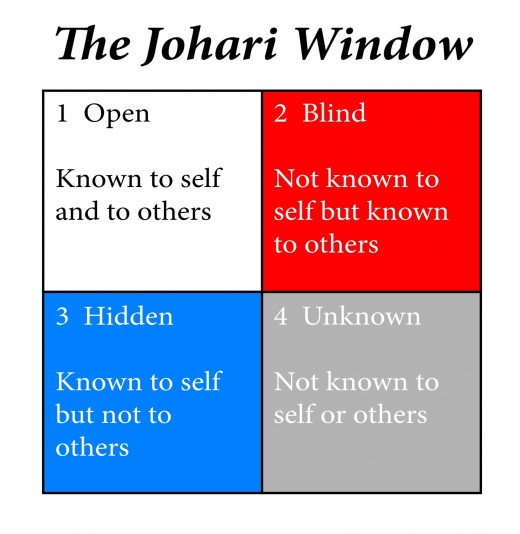
My References
In the course of my article, I referred to the following books and websites:
1. Communication Skills - A book by Leena Sen
2. https://science.education.nih.gov/supplements/nih4/self/guide/info-brain.html
3. An integrated approach to Communication Theory & Research, by Don W. Stacks, Michael B. Salween
4. "Intrapersonal Communication," MBA Knowledge Base
5. "Intrapersonal Communication," Wikipedia
Connect Correctly with the Self
Individuals who connect correctly with themselves are the ones who ultimately win the race of life.
© 2016 Sulabha Dhavalikar


